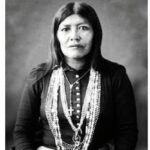
Lozen fought against Mexican and American forces for 30 years, earning the nickname ‘Apache Joan of Arc.’
Native American warriors like Sitting Bull (Lakota), Tecumseh (Shawnee) and Geronimo (Apache) have long been celebrated as defenders of Indigenous territories. Their courageous resistance to foreign invaders helped to ensure cultural survival.
One lesser-known warrior was Lozen, an Apache, or Nde, woman who also resisted European domination.
Known for her bravery, military prowess and dedication to her people’s safety during a tumultuous period in Apache history, Lozen was a warrior shaman and humanitarian who fought against Mexican and American forces for 30 years, earning the nickname “Apache Joan of Arc.”
Lozen could ride a horse and shoot; she also is said to have used supernatural powers to locate the enemy. She was a trusted ally of the famed Apache Chief Geronimo and sister to Apache Chief Victorio.
Although these men are better known to historians, Lozen remains a legend to her people today.
“Lozen is my right hand,” Victorio once said of his sister. “Strong as a man, braver than most and cunning in strategy. She is a shield to her people.”
Lozen’s Early Life
Lozen was born around 1840 into the Chihenne Apache band near Ojo Caliente, New Mexico. At the time, there were at least seven Apache bands and numerous clans spread across a vast area known as Apacheria in what is now northern Mexico, eastern Arizona and southwestern New Mexico.
The Chihenne band, also known as the Eastern Chiricahua or “red paint people,” were recognized by the red band of clay worn across their faces during ceremonies.
Known for raiding, Apache bands often warred with one another and were always on the move. “Traditionally, the Apache were nomads,” says Joey Padilla, a medicine man and museum curator at the Mescalero Apache Reservation in New Mexico. “We never stayed in one place.”
Lozen’s name, which means “dexterous horse thief,” reflects the skill she acquired that enabled her to sneak behind enemy lines undetected, round up horses and steal them away. Her stealth and courage would become valuable qualities during a time of near constant conflict.
“Lozen began fighting Mexican soldiers and scalp hunters, eternal enemies of her band, when she came of age… After Americans arrived in 1849 to lay claim to her homeland, she battled then as well,” wrote Peter Aleshire in Warrior Woman: The Story of Lozen, Apache Warrior and Shaman.
Becoming a Warrior Woman
Born into a matriarchal culture with a deity called “White Painted Woman” at the center of her creation story, Lozen understood from a young age that women played an important role.
“She was a warrior woman in her time. The Apaches always had a woman with them, she stood right behind the man with a knife or gun,” Padilla says. “If the man went down, you had to deal with the woman too. Women also hid the children from enemies.”
In 1848, New Mexico became a territory of the U.S. under the Treaty of Hidalgo. A California gold rush that year brought streams of miners through Apacheria.
When Lozen was 12, she underwent puberty rites in which she went alone into the mountains and, according to oral history, gained a supernatural power to locate enemies.
Harlyn Geronimo, the great-grandson of Geronimo, said Lozen would lift her hands and walk in a circle until the veins in her arms turned dark blue, indicating the direction from which the enemy would approach.
Lozen’s Role in the Apache Wars
After Chiricahua Chief Cochise, pictured here, was falsely accused of kidnapping a white boy, the conflict escalated into two decades of warfare between the United States and multiple Apache nations.
Bettmann/Getty Images
In 1861, the Chokonen Chiricahua Chief Cochise was falsely accused of kidnapping a rancher’s son, sparking a series of conflicts that would embroil the U.S. and various Apache nations in conflict for 24 years.
In 1862, Cochise and another chief went to battle at Apache Pass with 200 warriors, but were pushed into retreat and scattered by howitzer cannons.
Lozen fought at Apache Pass, was welcomed into council as a warrior and fought on for years with her brother Victorio in the struggle for their homeland.
Lozen was likely involved at a horse raid at Fort Craig where Apaches armed with bows and arrows took horses from soldiers.
In 1869, she joined Victorio and other Apache leaders for a meeting to establish a reservation at Ojo Caliente, but they were instead moved to harsher conditions at the San Carlos Reservation in Arizona.
In 1877, Victorio, Lozen and other Chihenne fled San Carlos, eventually choosing war rather than return. They disbanded to evade capture, and Lozen later escorted a group of women and children to Mexico across the raging Rio Grande river.
James Kaywaykla, a child at the time, remembered riding behind his grandmother as the Chihenne band fled American forces. Kaywaykla said he saw a “magnificent woman” on a beautiful horse, holding a rifle above her head.
After the group reached Mexico, cold and wet but alive, Lozen then rode back across the Rio Gande and returned to the fight.
At one point, Lozen left the band to help a young pregnant woman cross the Chihuahuan Desert of Mexico back to her family on the Mescalero Apache Reservation, equipped with a single rifle, a cartridge belt, a knife and a three-day supply of food.
While in route, she hid the mother and assisted her in delivering the child, killed and butchered a longhorn cow and captured two horses for their journey.
Victorio was ambushed and died at Tres Castillos, where many other Apaches also died. Some believed that if Lozen had been present, Victorio would not have been ambushed.
Lozen’s Time With Geronimo
Apache leader Geronimo
Hulton Archive/Getty Images
After Victorio’s death, Lozen rode with Geronimo. In 1882, she joined him in a raid that freed 600 people from San Carlos and supported him again in 1885 during his final escape from the reservation.
According to his descendants, Geronimo decided to surrender in 1886 to ensure the safety of his remaining followers.
Lozen, Geronimo and many others were then taken to Florida prisons. She later died in Alabama at the age of 50 from tuberculosis, but some of her relatives made it back west.
“After the wars, we brought many of the Chiricahuas from Florida,” says Joey Padilla. He says his community at the Mescalero Reservation continues the women’s coming-of-age traditions that Lozen participated in more than 180 years ago. The community also continues to celebrate the legacy of Lozen.
“The descendants of Lozen’s family are here with us today in our community,” Padilla says.
We hope that you have enjoyed reading our blog on the world history and facts. If you enjoy this blog please let us know in the comments below. If you are interested in history, we recommend you check out our other blogs here on the world history and local gist. Thank you reading.
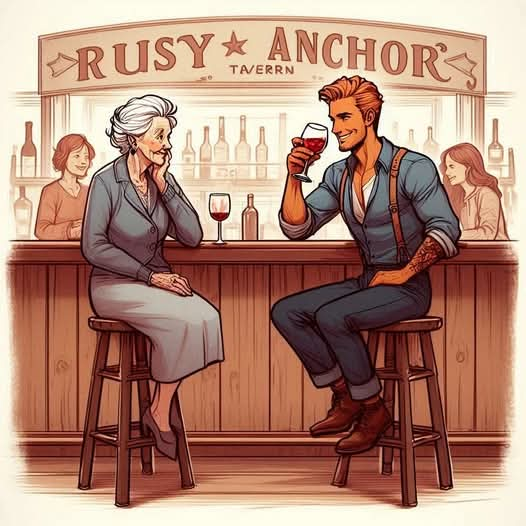

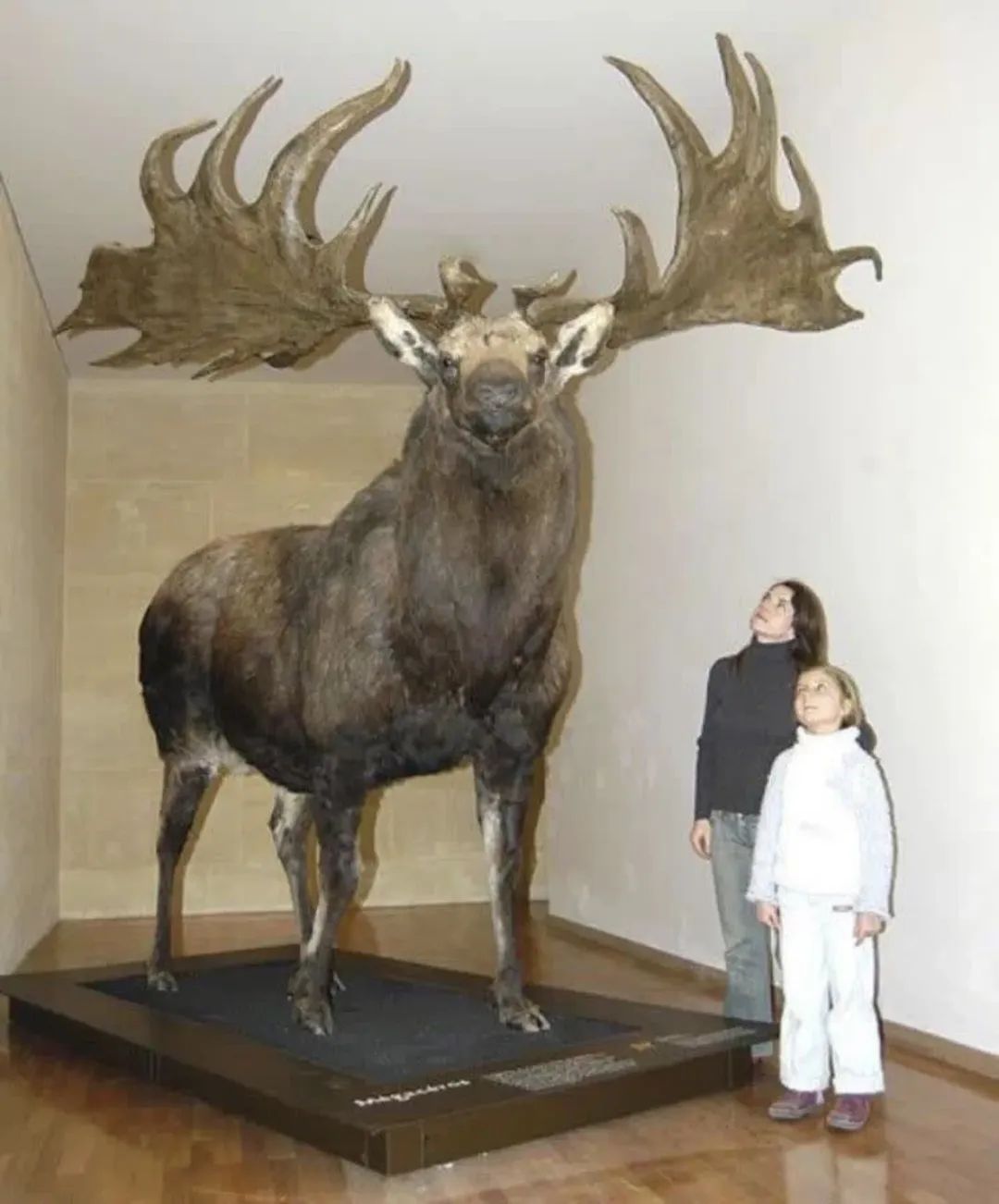
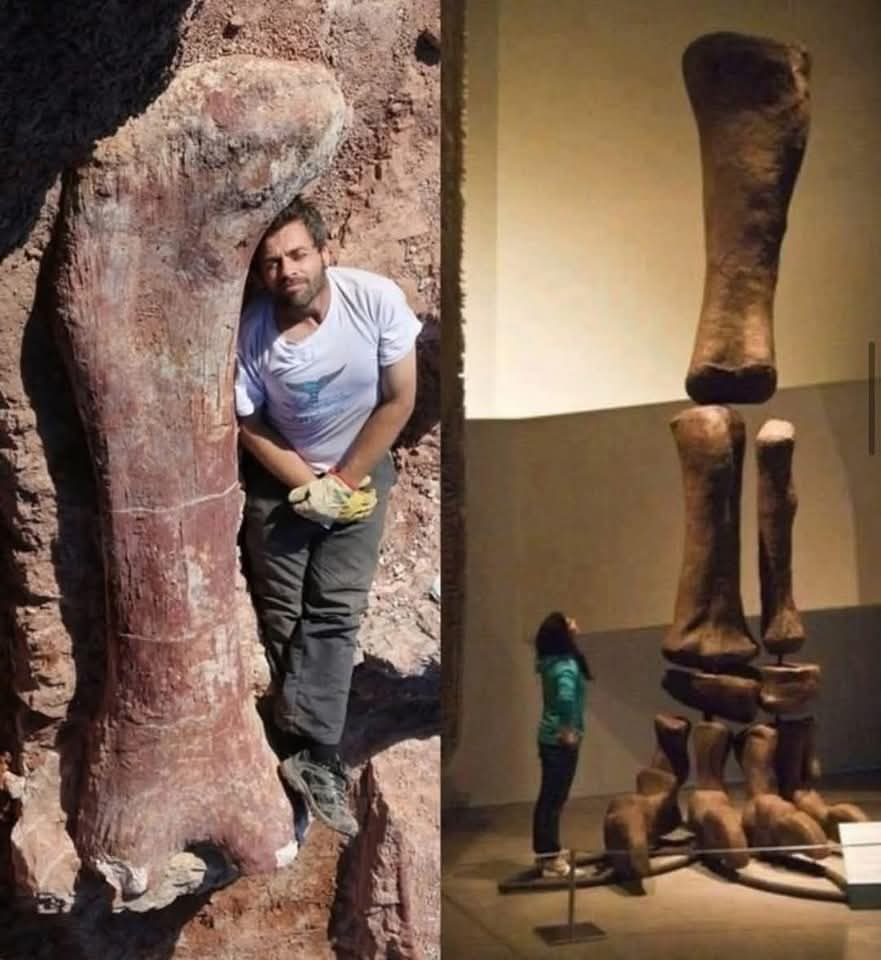
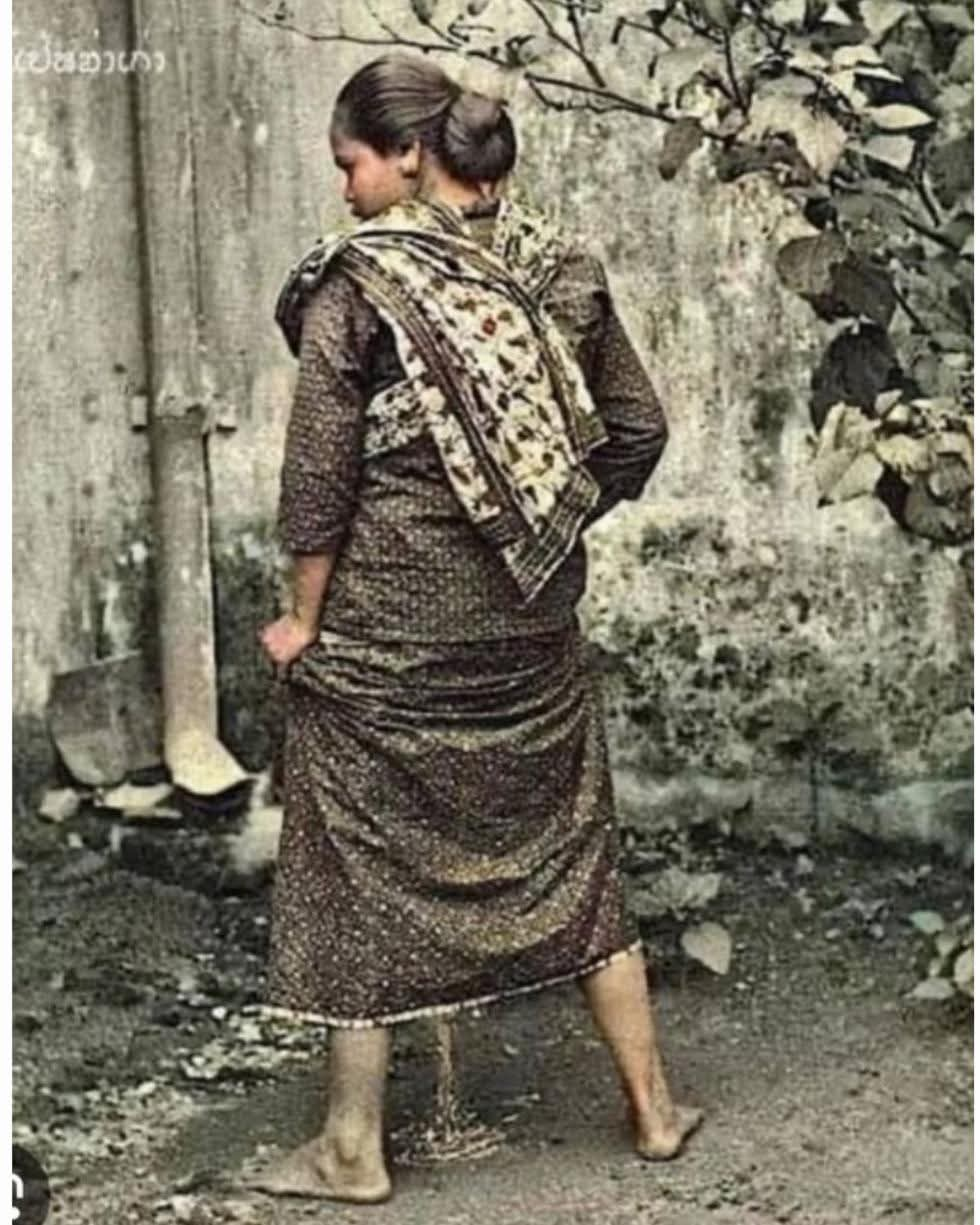


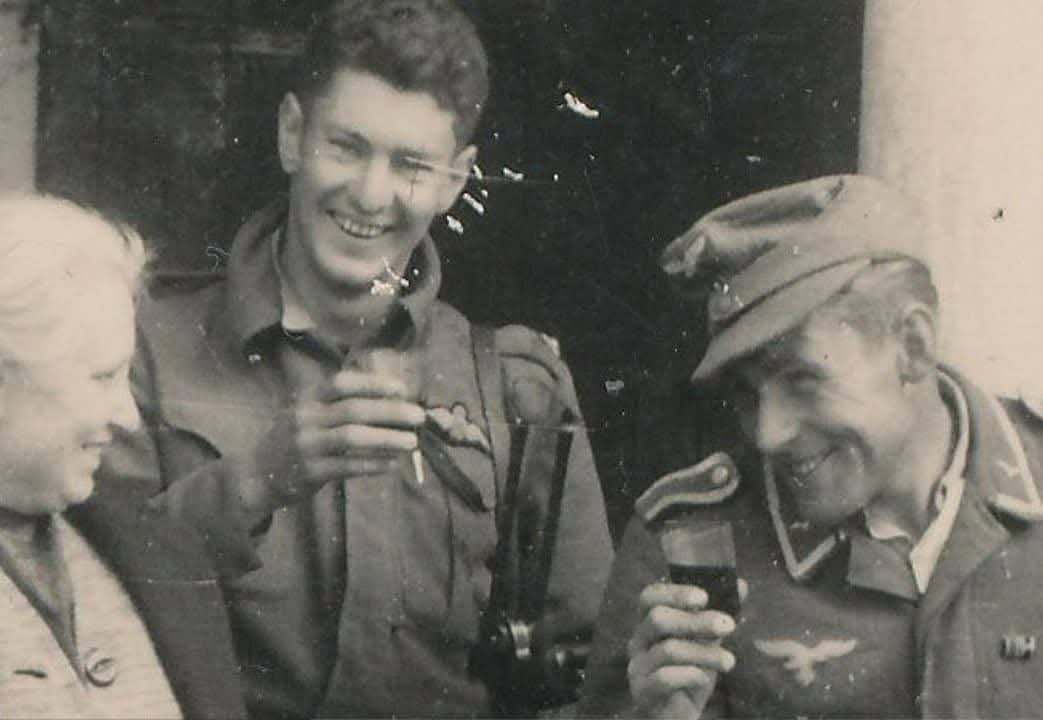
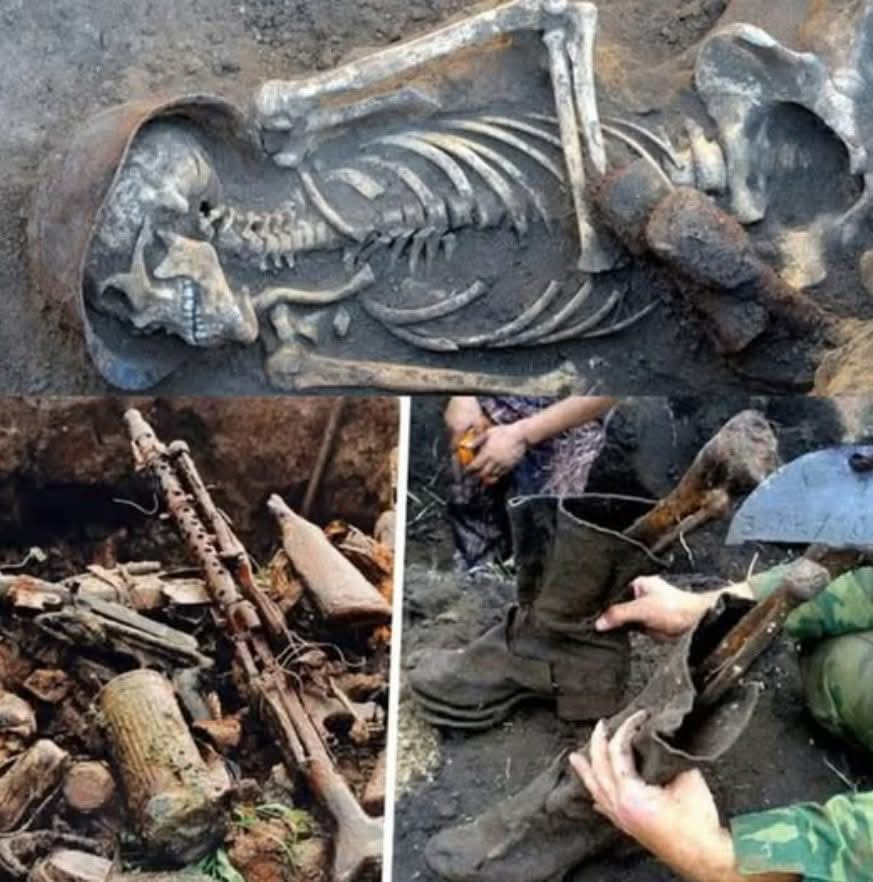

Leave a Reply